


Stan Getz & Charlie Byrd – “Jazz Samba.
You are unauthorized to view this page.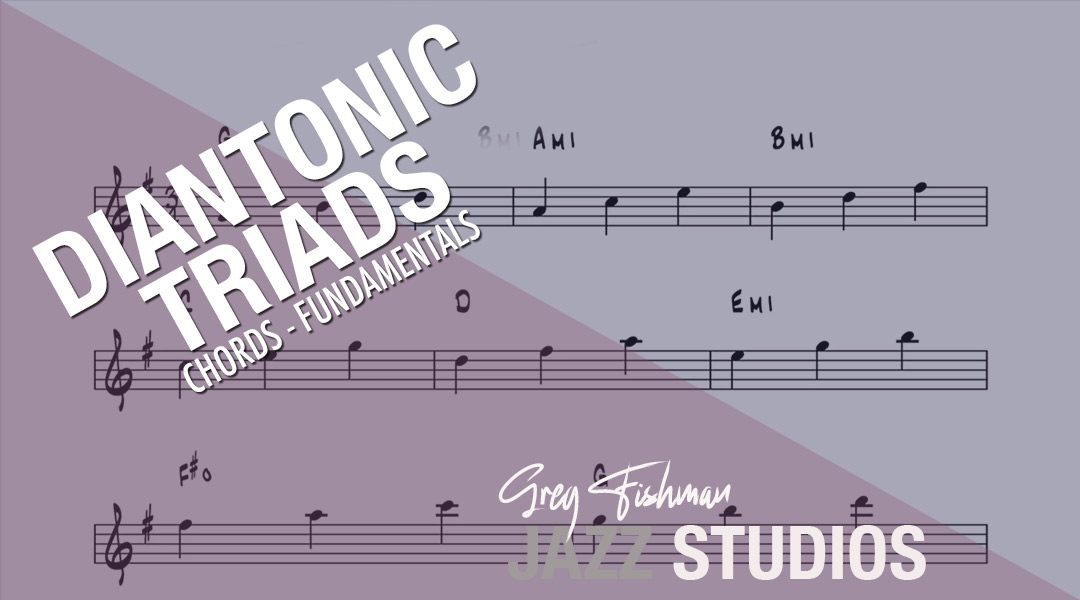
Diatonic Triads
You are unauthorized to view this page.
Getting more impact from your short notes
You are unauthorized to view this page.

by musictech | Oct 1, 2020 | MUSIC THEORY
You are unauthorized to view this page.
by musictech | Oct 1, 2020 | LISTENING RECOMMENDATIONS
You are unauthorized to view this page.
by musictech | Oct 1, 2020 | CHORD STUDIES, FUNDAMENTALS
You are unauthorized to view this page.
by musictech | Oct 1, 2020 | ARTICULATION, FUNDAMENTALS
You are unauthorized to view this page.
by musictech | Oct 1, 2020 | FUNDAMENTALS, SAXOPHONE TRAINING
You are unauthorized to view this page. Hip Licks for Trumpet iPhone / iPad App
$13.99
Hip Licks for Trumpet iPhone / iPad App
$13.99
 Jazz Studios designer T-Shirt (Size XX-Large)
$24.95
Jazz Studios designer T-Shirt (Size XX-Large)
$24.95
 Jazz Studios designer T-Shirt (Size X-Large)
$24.95
Jazz Studios designer T-Shirt (Size X-Large)
$24.95
 Jazz Studios designer T-Shirt (Size Large)
$24.95
Jazz Studios designer T-Shirt (Size Large)
$24.95
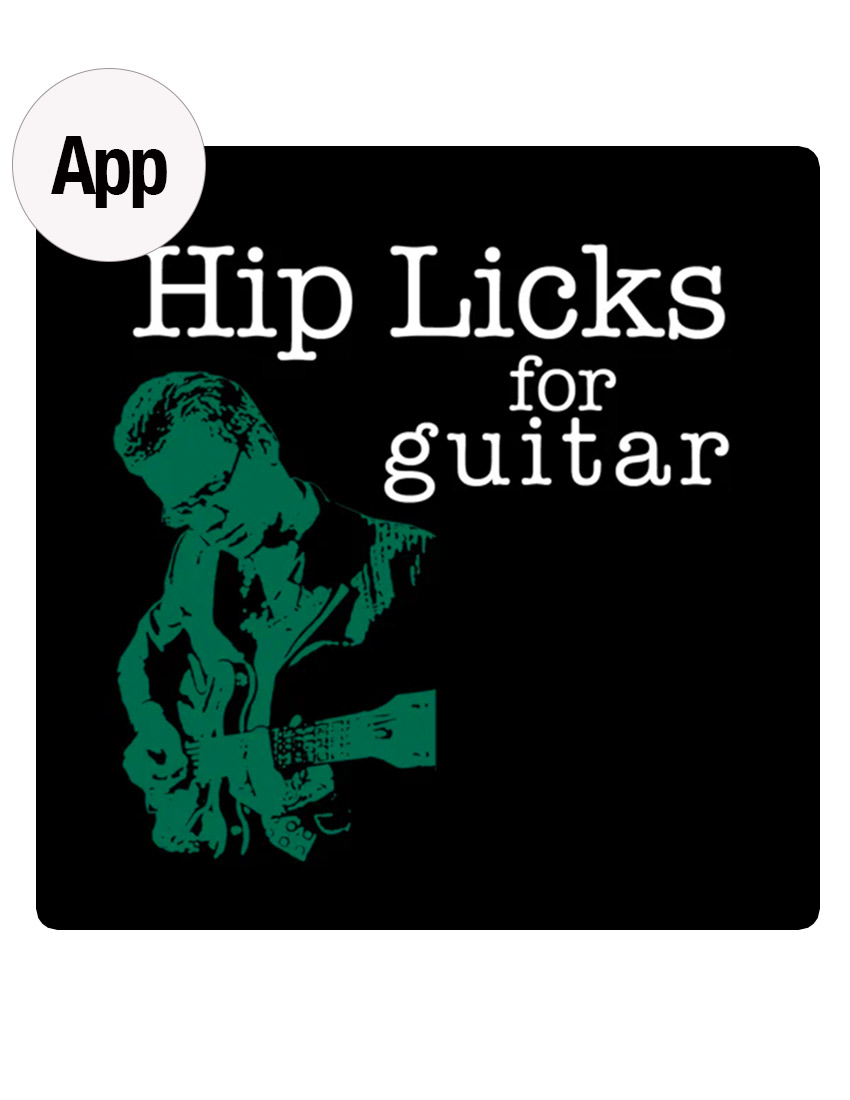 Hip Licks for Guitar iPhone / iPad App
$13.99
Hip Licks for Guitar iPhone / iPad App
$13.99
 Jazz Studios designer T-Shirt (Size Small)
$24.95
Jazz Studios designer T-Shirt (Size Small)
$24.95
 Hip Licks for Alto Sax Vol 2 iPhone / iPad App
$12.99
Hip Licks for Alto Sax Vol 2 iPhone / iPad App
$12.99
 Hip Licks for Tenor Sax Vol 2 iPhone / iPad App
$12.99
Hip Licks for Tenor Sax Vol 2 iPhone / iPad App
$12.99
 Hip Licks for Tenor Sax Vol 1 iPhone / iPad App
$12.99
Hip Licks for Tenor Sax Vol 1 iPhone / iPad App
$12.99
 Hip Licks for Alto Sax Vol 1 iPhone / iPad App
$12.99
Hip Licks for Alto Sax Vol 1 iPhone / iPad App
$12.99
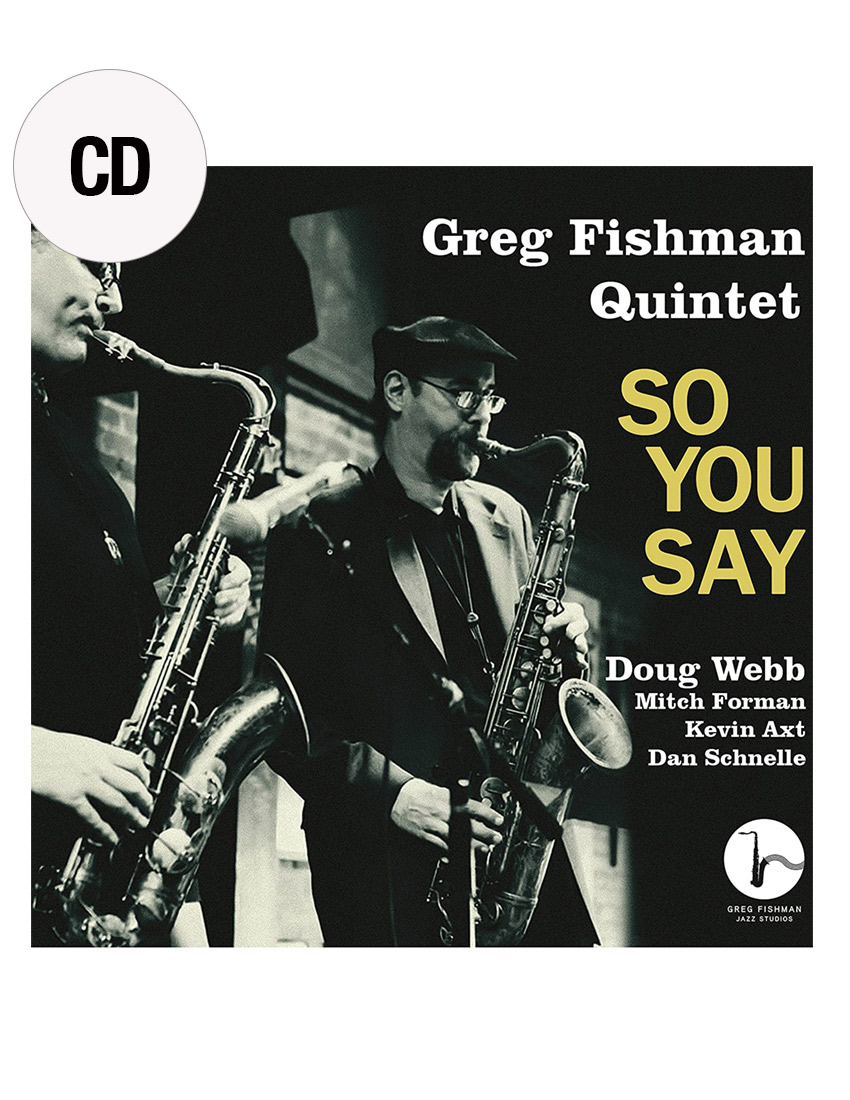 So You Say
$14.95
So You Say
$14.95
 10 Skype Lesson Pack
$1,100.00
10 Skype Lesson Pack
$1,100.00
 5 Skype Lesson Pack
5 Skype Lesson Pack
 3 Skype Lesson Pack
$360.00
3 Skype Lesson Pack
$360.00
 1 hour Skype Lesson
1 hour Skype Lesson
 Jazz Studios designer T-Shirt (Size medium)
$24.95
Jazz Studios designer T-Shirt (Size medium)
$24.95
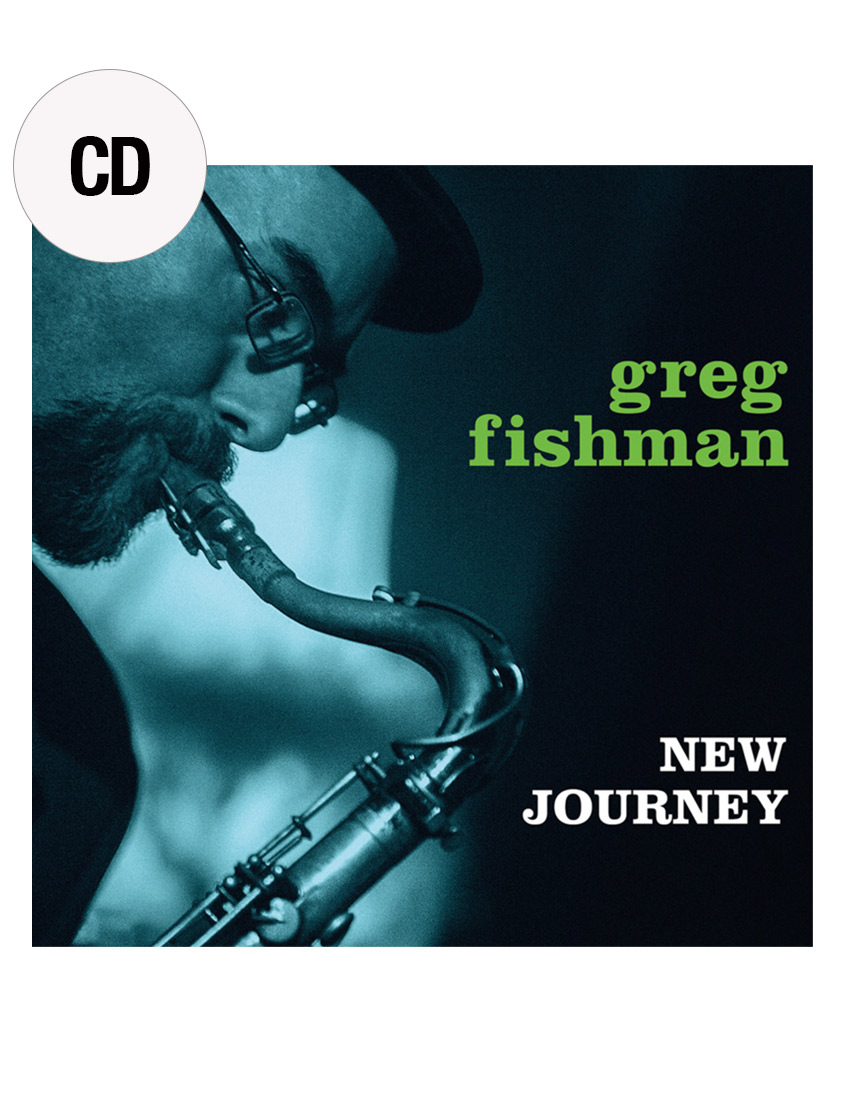 New Journey
$16.95
New Journey
$16.95
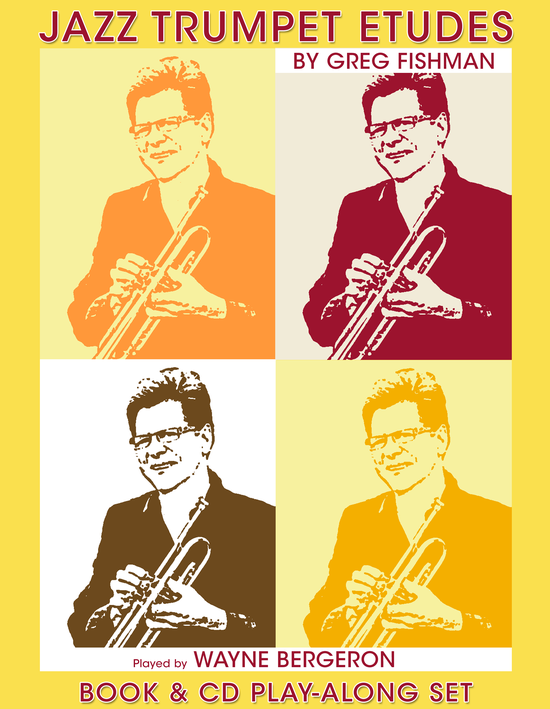 Jazz Trumpet Etudes
$24.95
Jazz Trumpet Etudes
$24.95
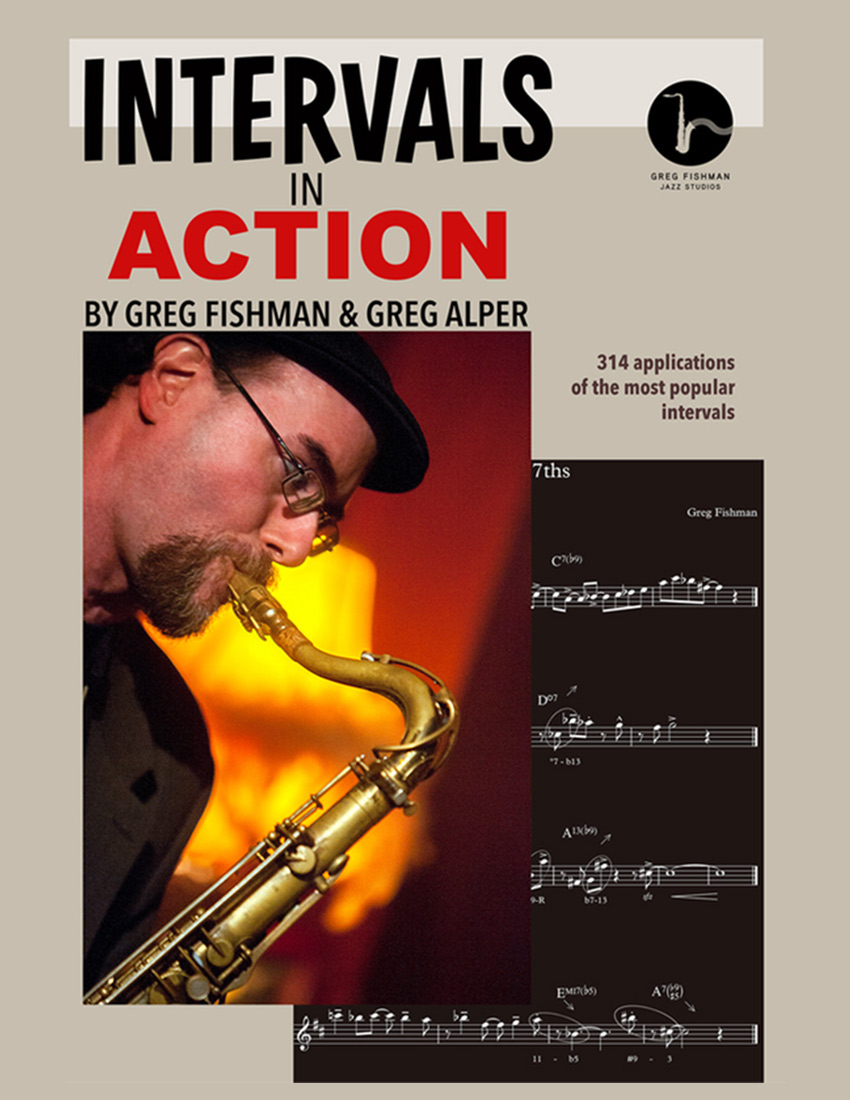 Intervals in Action
$24.95
Intervals in Action
$24.95
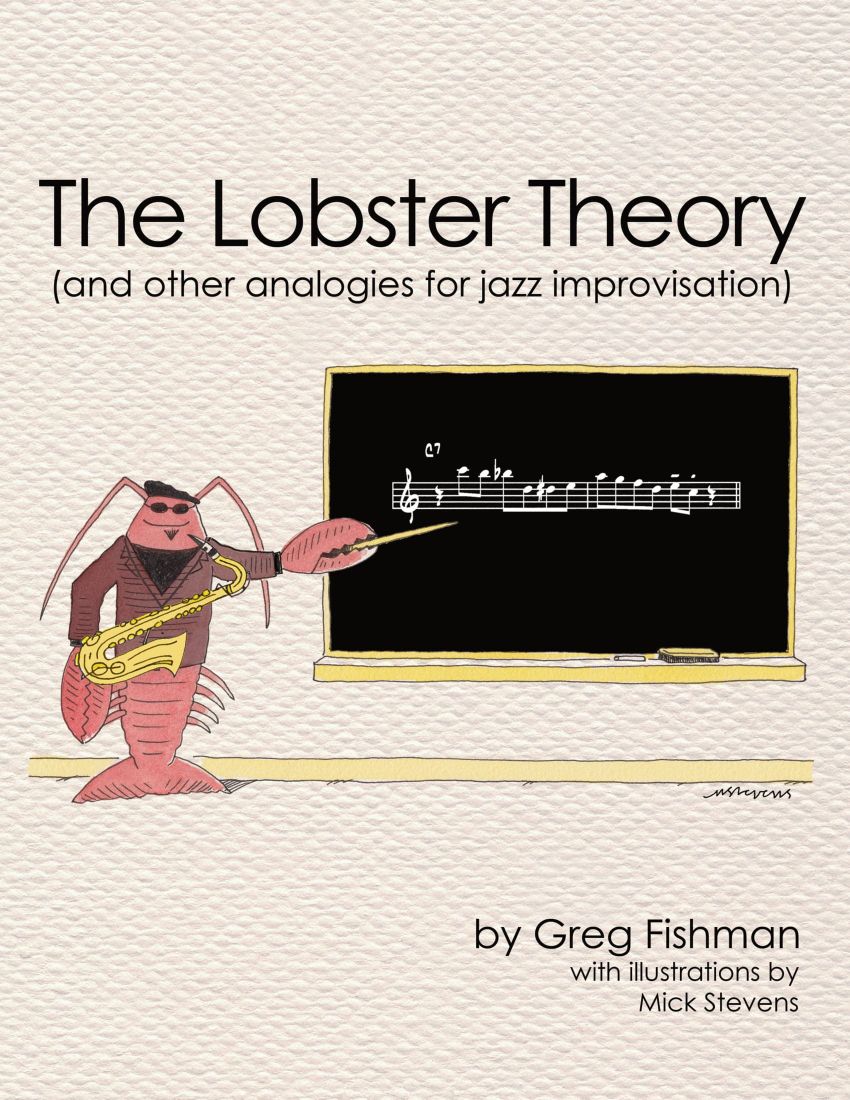 The Lobster Theory (and other analogies for jazz improvisation)
$29.95
The Lobster Theory (and other analogies for jazz improvisation)
$29.95
The issue is whether the short note is slurred into or tongued as it is played. I demonstrate the two approaches and provide examples to help train your ear to clearly hear the difference between a “low impact” and “high impact” short note. If you want pro-like short notes in your lines, this lesson is essential, and a total game-changer. ALL LEVELS. Includes PDF lesson notes.